Julia Sweig shatters the mythology surrounding the Cuban Revolution in a compelling revisionist history that reconsiders the revolutionary roles of Fidel Castro and Che Guevara and restores to a central position the leadership of the Cuban urban underground, the Llano. Granted unprecedented access to the classified records of Castro’s 26th of July Movement’s underground operatives–the only scholar inside or outside of Cuba allowed access to the complete collection in the Cuban Council of State’s Office of Historic Affairs–she details the ideological, political, and strategic debates between Castro’s mountain-based guerrilla movement and the urban revolutionaries in Havana, Santiago, and other cities. In a close study of the fifteen months from November 1956 to July 1958, when the urban underground leadership was dominant, Sweig examines the debate between the two groups over whether to wage guerrilla warfare in the countryside or armed insurrection in the cities, and is the first to document the extent of Castro’s cooperation with the Llano. She unveils the essential role of the urban underground, led by such figures as Frank Pa?s, Armando Hart, Hayd?e Santamaria, Enrique Oltuski, and Faustino P?rez, in controlling critical decisions on tactics, strategy, allocation of resources, and relations with opposition forces, political parties, Cuban exiles, even the United States–contradicting the standard view of Castro as the primary decision maker during the revolution. In revealing the true relationship between Castro and the urban underground, Sweig redefines the history of the Cuban Revolution, offering guideposts for understanding Cuban politics in the 1960s and raising intriguing questions for the future transition of power in Cuba. (20020515)
ترجمه فارسی (ترجمه ماشینی)
جولیا سویگ اسطورههای پیرامون انقلاب کوبا را در یک تاریخ تجدیدنظرطلب قانعکننده که نقشهای انقلابی فیدل کاسترو و چه گوارا را مورد بازنگری قرار میدهد و رهبری زیرزمینی شهری کوبا، Llano را به جایگاه مرکزی بازمیگرداند، در هم میریزد. با دسترسی بیسابقهای به سوابق طبقهبندی شده فعالان زیرزمینی جنبش 26 جولای کاسترو – تنها محقق داخل یا خارج از کوبا اجازه دسترسی به مجموعه کامل در دفتر امور تاریخی شورای دولتی کوبا – او جزئیات ایدئولوژیک، سیاسی، و بحث های استراتژیک بین جنبش چریکی کاسترو در کوهستان و انقلابیون شهری در هاوانا، سانتیاگو و سایر شهرها. سوئیگ در یک مطالعه دقیق از پانزده ماه از نوامبر 1956 تا ژوئیه 1958، زمانی که رهبری زیرزمینی شهری مسلط بود، بحث بین دو گروه را بر سر راه اندازی جنگ چریکی در روستا یا شورش مسلحانه در شهرها بررسی می کند. ابتدا میزان همکاری کاسترو با Llano را مستند کرد. او نقش اساسی زیرزمینی شهری را که توسط شخصیت هایی مانند فرانک پاس، آرماندو هارت، هاید سانتاماریا، انریکه اولتوسکی و فاوستینو پرز رهبری می شود، در کنترل تصمیمات حیاتی در مورد تاکتیک ها، استراتژی، تخصیص منابع، آشکار می کند. و روابط با نیروهای اپوزیسیون، احزاب سیاسی، تبعیدیان کوبایی، حتی ایالات متحده – در تضاد با دیدگاه استاندارد کاسترو به عنوان تصمیم گیرنده اصلی در طول انقلاب. سوئیگ در افشای رابطه واقعی بین کاسترو و زیرزمینی شهری، تاریخ انقلاب کوبا را بازتعریف میکند و برای درک سیاست کوبا در دهه 1960 راهنماییهایی ارائه میدهد و پرسشهای جالبی را برای انتقال قدرت در آینده در کوبا مطرح میکند. (20020515)

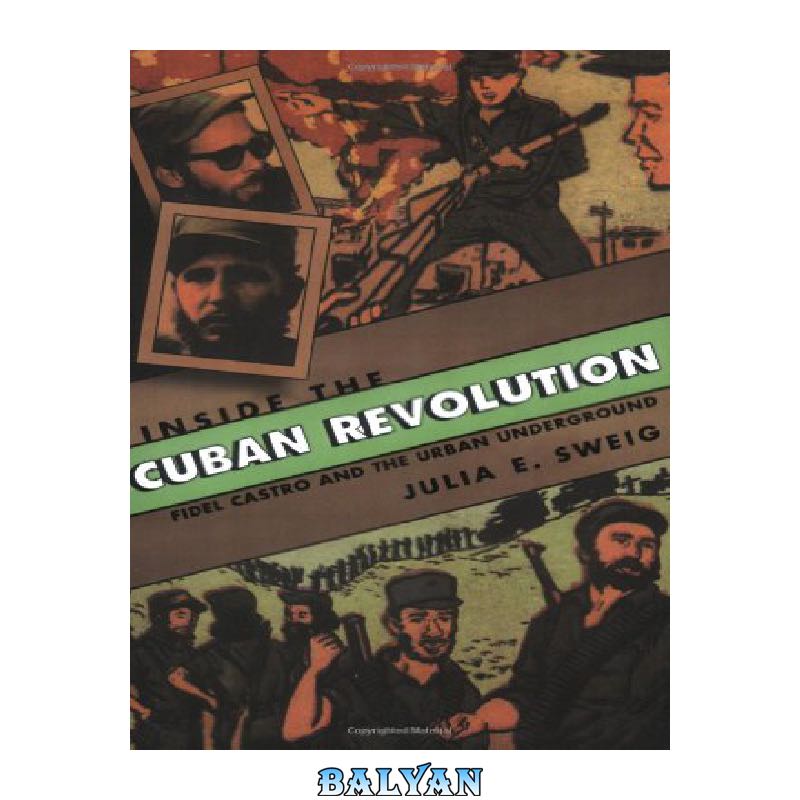
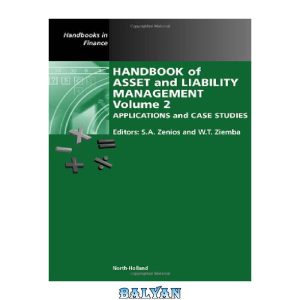



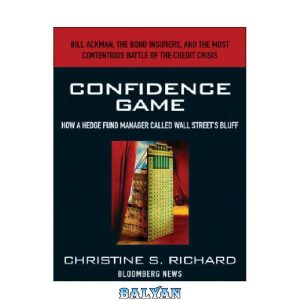
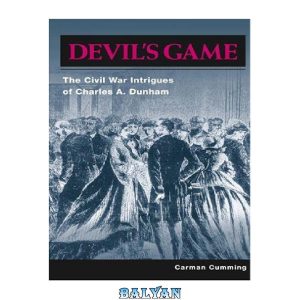
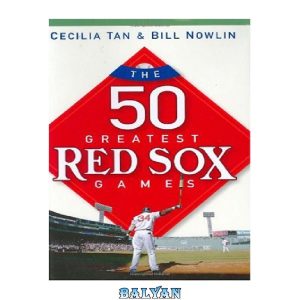

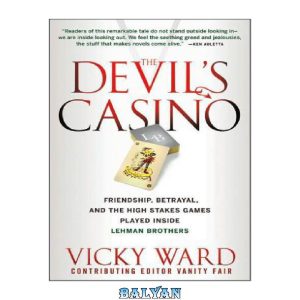

نقد و بررسیها
هنوز بررسیای ثبت نشده است.